
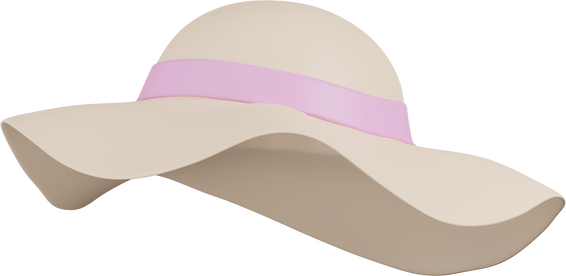

Mind
Mind
Body
Body
Soul
Soul
Jan Hope - Lifestyle blogger
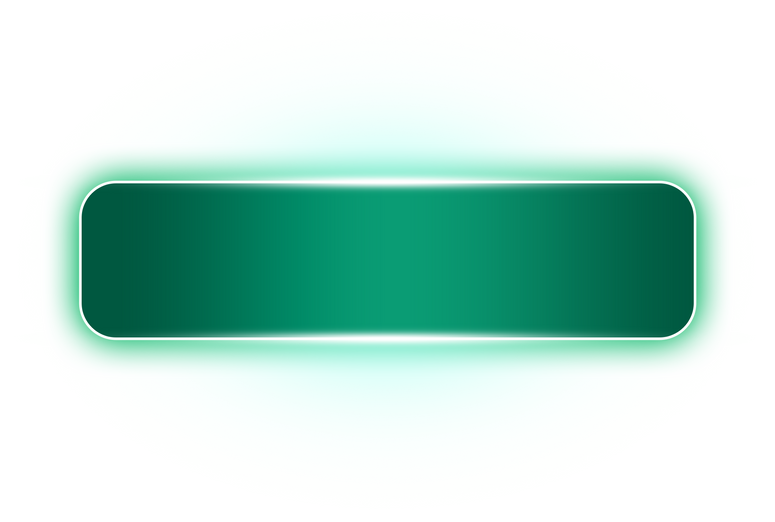
"This website does not store or use marketing & tracking cookies."

Mature Health Hub
Introducing a friendly hub with tips to remaining healthy in the mature years. No long drawn out content, just plain facts and information to help you live your very best life!
Content is updated weekly.
For some fillable pdf planners visit the shop here. Just download and use on a device no print offs!
©
2024 Mature Health Hub
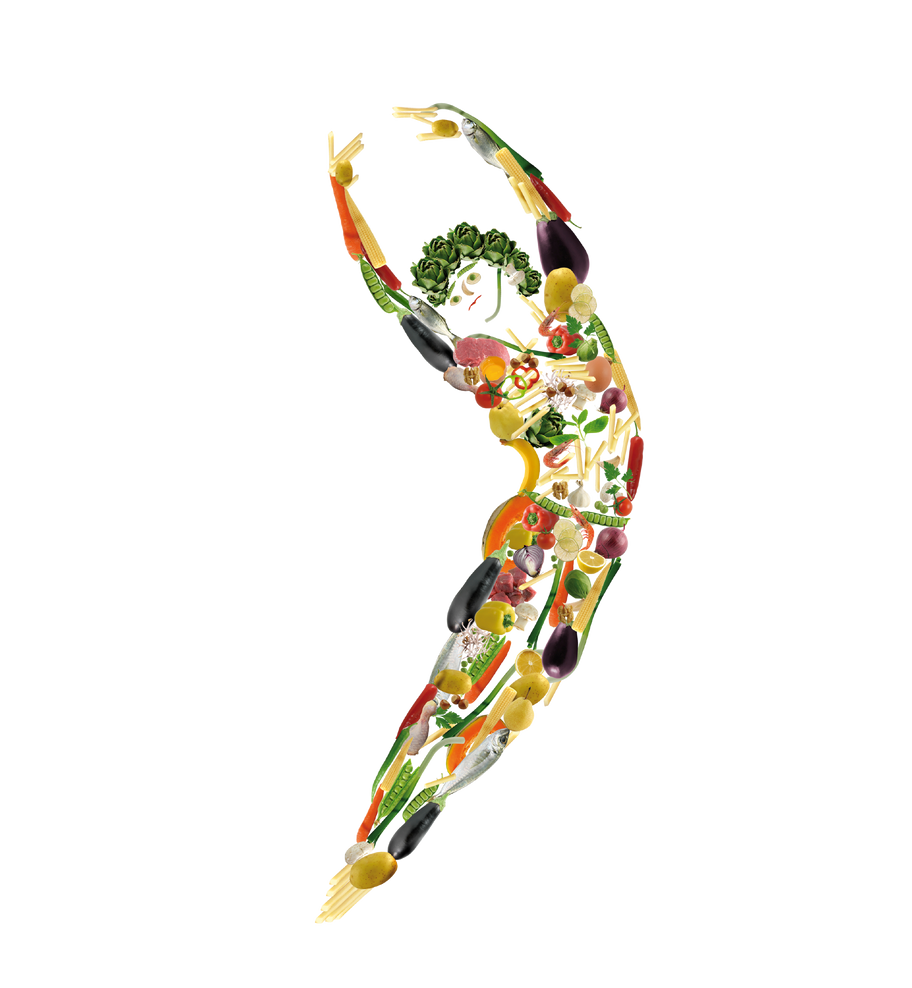

Welcome to Mature Health Hub
Mature Health Hub focuses on embracing the wisdom that accompanies aging. Discover the keys to flourishing in your later years through our range of resources on health, fitness, nutrition, and beyond.
Download 2024 Free Self-Care Planner
Keep track of your physical and mental health with this free planner you can download as a PDF. You may not want to use all of the pages but just print off what appeals or applies to you. It will print off on A4 copy paper.
The planner has a variety of pages relating to diet, fitness, anxiety levels, daily planner, weekly planner. There is a 12 months calendar etc.
Print off what you want and keep a record of your overall wellbeing. You can then reflect and see if there is anything you need to do to improve certain things.
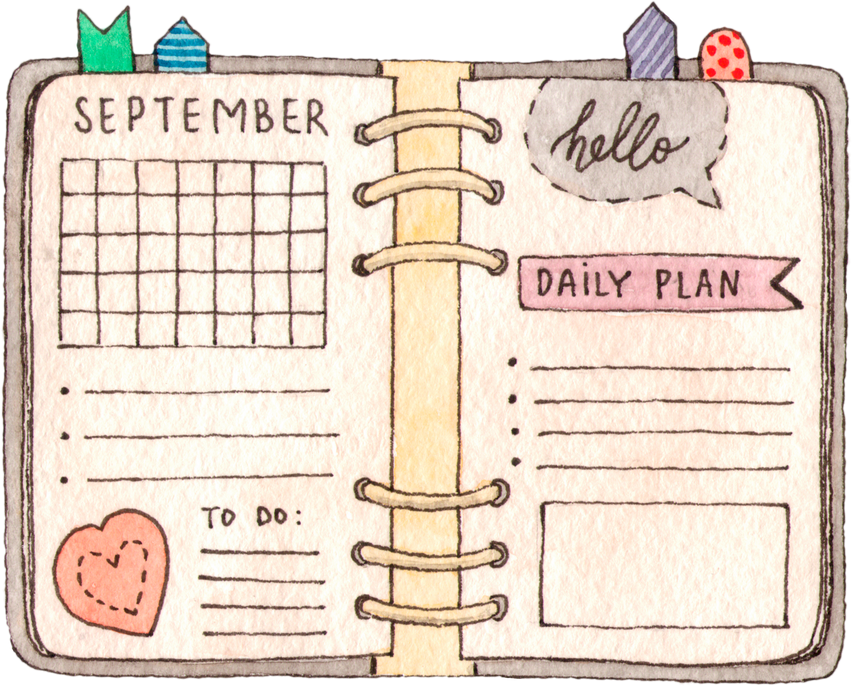
How Happy Are You With Life?
What's the vibe on life satisfaction? Feeling content or tangled up in 'I wish...' and 'What if...' thoughts? As we age, we've all taken a few detours in our decisions, maybe even some U-turns. We cannot change the past but let's hope we've picked up a lesson or two along the way.
Carrying around regrets? Time to let them go to make room for some happiness. Because dwelling on discontentment and negative self-chatter can pave the road to anxiety, and that can lead to depression.
What score out of ten would you give for how satisfied you are with your life? Score =
What score out of ten would you give for the fun you have in your life? Score =
What score out of ten would you give for how happy you are with your life? Score =
What score out of ten would you give for how social you are? Score =
What score out of ten would you give for how healthy you are both physically and mentally?
Score =
What is it you enjoy doing the most at the present time?
If any, what improvements could you take to make your life more enjoyable?
Practice Gratitude
The Pursuit of Contentment:
Feeling content is about finding peace and joy in the present moment.
Reflection on Personal Values:
To evaluate your contentment, start by reflecting on what truly matters to you. Whether it is relationships, new connections, religious beliefs, or independence.
Cultivating Gratitude:
Take time each week to appreciate the positives in your life. Practising gratitude shifts focus from scarcity to abundance.
Staying Social
People tend to believe that as we age, our social lives slow down. But staying social is like a daily vitamin for our well-being, happiness, and brainpower. Remaining social is akin to sprinkling a touch of magic into your life, infusing purpose and vibrancy by fostering connections, personal growth, and community contribution.
Fun fact: Studies actually prove that being social can seriously boost our quality of life as we get older.
Join a Fitness Class: How about mixing it up with a yoga group or a walking club? Meeting like-minded folks who love staying active can make exercising more fun and rewarding.
Why Staying Social is Key: Being social keeps the loneliness blues at bay. Isolation can sneak in like a bad houseguest, bringing along its buddies - loneliness and the blues - which can really put a damper on our well-being.
Volunteer for a Cause You Care About: Engage with your community through volunteering, it's a win-win! Explore local nonprofits or charities that resonate with you. From food banks to youth mentoring, lending a hand can bring purpose and connection.
Stay connected with family and friends: Regularly reach out through calls, video chats, and fun get-togethers like family dinners or game nights. Strengthen those bonds and make lasting memories along the way.
Get Tech Savvy: In today's digital age, technology has become a valuable tool for staying connected. Explore social media platforms to reconnect with old friends, join online communities based on your interests, and share experiences with others. Ensure these websites have reputable feedback.
Key Advice for Sustaining Social Engagement: Visit local hangouts or community centres to connect with like-minded individuals and immerse yourself in a plethora of engaging activities. These venues offer a wealth of opportunities for seniors, from fitness sessions to DIY projects and book clubs.
Engage with these activities to discover your community and unlock a network of relationships. Learn Something New!
Embrace your curiosity by acquiring new skills or delving deeper into your interests. Whether through art classes or technology workshops, local community centres and educational institutions provide a vast array of learning experiences. Unleash your creativity, forge new friendships, and broaden your horizons in the process.
Body, Soul and Mind
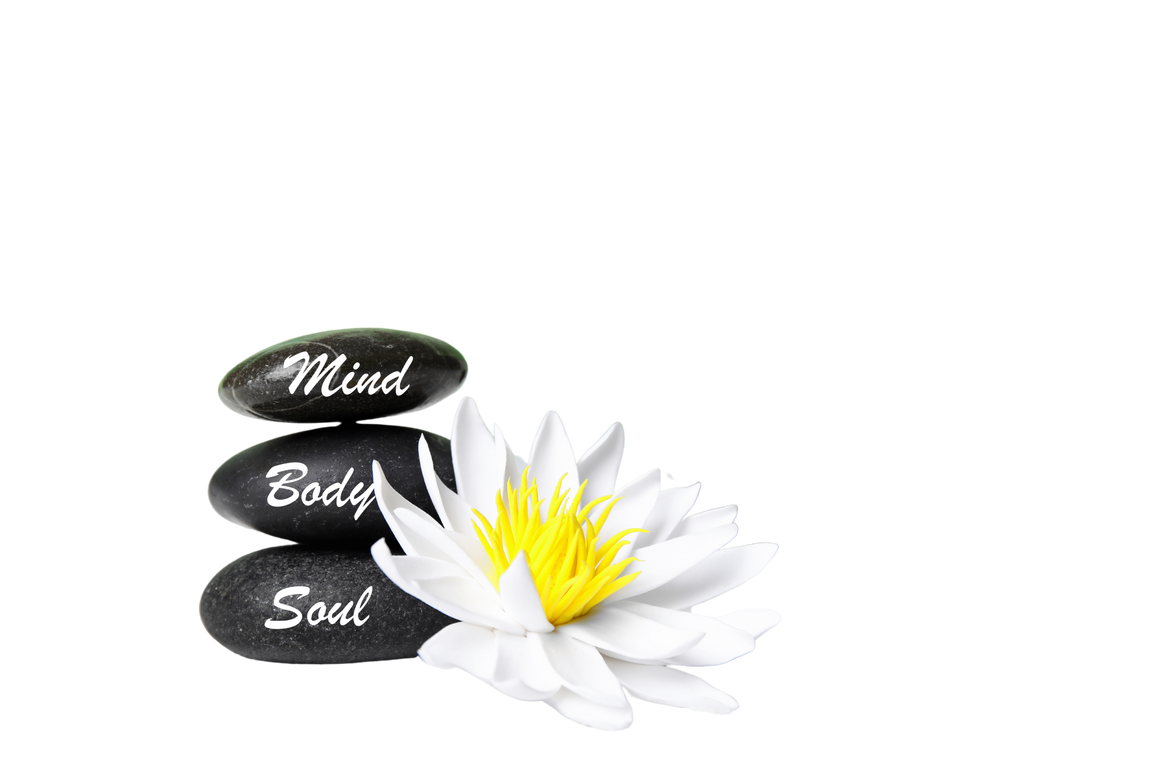

Emotional Health: Maintaining an active social life can help lower stress, boost overall well-being, and provide emotional support.
Cognitive Health: Being socially engaged is associated with better cognitive function, reducing the chances of cognitive decline and dementia.
physical Health: Participating in social activities often includes physical exercise, promoting improved physical health and energy levels.
Talking About Health and Finance


Health: If you have any health worries, either physical or emotional, it's wise to reach out to your doctor promptly. Early attention can lead to more successful treatment.
Financial Issues: If there are financial issues that are worrying, get help to sort them out because this kind of worry will drag you down and spoil your happiness. There are voluntary plans you can go into, where you can pay off what you owe with a low monthly payment, and most of the debt will be written off. Take a look at this UK government website for further information.
Another option is to talk things through with your bank manager and see of an arrangement can be found to repay what you owe. If you have close family members you could also confide in them and perhaps they may come up with a solution or help you to sort this out in other ways.
All About Fitness
There are many ways to keep the body moving and in shape. If a gym or outdoor exercise does not appeal take a look on YouTube they have a variety of different exercises for everyone.
Tai Chi: A gentle, graceful flowing exercise that enhances balance and tones muscles, all while offering a relaxing fitness experience!
Chair Yoga: Discover the blend of movement and mindfulness in yoga. It's all about flexibility - chair yoga is perfect for those with disabilities or looking for a gentler practice. Yoga has been practised for years and is a very popular exercise.
Stretch Exercises
Stretching Exercises:
Stretching is ideal to keep those joints flexible, and enhance the range of motion in the joints. This type of exercise can reduce the risk of injury.
Exercise to the 60's - 70's Music!
There is nothing like music to liven things up. Whether it is country, pop, rock, soul, reggie, or Andrea Bocelli, music makes the world go round! So, get those feet tapping and strut your stuff with these great exercises!
Step up to Mamma Mia and watch the amount of step you are taking!
Exercise to the 60's - 70's Music!
for People with Limited Movement
These exercises cater for individuals with disabilities such as limited movement, post-surgery recovery, and dementia. Remember to consult your doctor before engaging in any exercise if you have any of these conditions or other health concerns.
Outdoor Exercise!




If you love the outdoors and spending time with nature, consider cycling, a brisk walk in the park, or a round of golf as enjoyable ways to stay active, depending on your fitness level. Gardening can also be a great way to keep moving.


Other Types of Exercises!
Swimming and dancing offer excellent exercise options. Swimming helps build muscles and improves cardiovascular fitness, while dancing boosts strength and motor fitness, benefiting heart and lung health. No excuses now, get dancing!
Talking About Food!
Eating healthy as we all know is a must for our bodies and brain to receive the nourishment required for us to remain as healthy as possible physically and mentally.
If we eat a diet drenched in bad fats, too much sugar and too many carbs, we will become overweight and sluggish.
To feel and look amazing, focus on nourishing your body with the right nutrients and vitamins. When unwanted weight creeps in, it can strain your heart and other organs, leading to health concerns that can also impact your mental well-being.
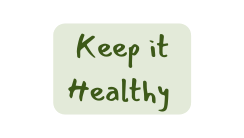
Eating well doesn't mean saying no to a bit of chocolate, a biscuit, or ice cream. It's about finding a balance and enjoying treats in moderation. For instance, fish and chips every now and again is okay, but not as a daily or frequent meal.

Talking About Ice Cream!
Just because we're watching what we eat doesn't mean we have to bid farewell to the joy of indulging in a couple of scoops of ice cream! Perfect for those with dietary restrictions. A healthier treat for the little ones.
Enjoy guilt-free ice cream without the heavy fats, dairy, and additives by using fresh, natural fruit that won't break the bank!
Here's the scoop!
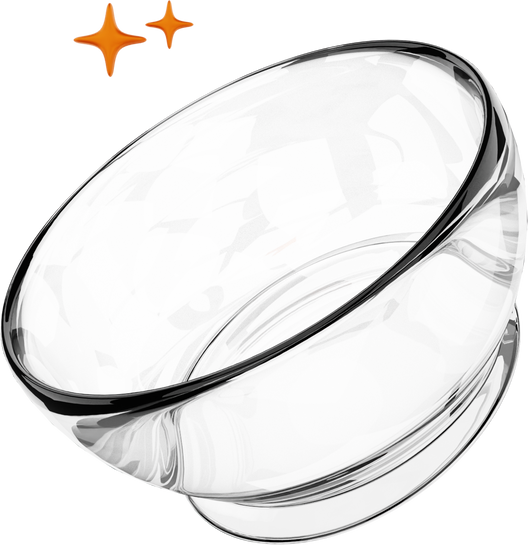



Recipe
Slice some bananas the amount is entirely up to you but not less than 3. Freeze overnight. Wash freeze and pat dry some other types of berries, strawberries, blueberries, etc, that you like.
Always use the banana as the base when adding other fruits. You can add a tablespoon of honey before blending if desired.
Place the desired amount of bananas (on their own if preferred) and then add whatever fruit you fancy, and blend until creamy. Use the blender on bursts and open the lid from time to time to push the fruit down so it all gets blended into a smooth texture.
Fresh fruit will freeze well for 8 to 12 months in an airtight container, something like Tupperware.
Honey is option in all recipes.
Fancy a Sorbet?
Not only can you whip up homemade ice cream from fresh fruits, but you can also create a scrumptious sorbet! These frosty treats are gluten-free, dairy-free, and guilt-free!
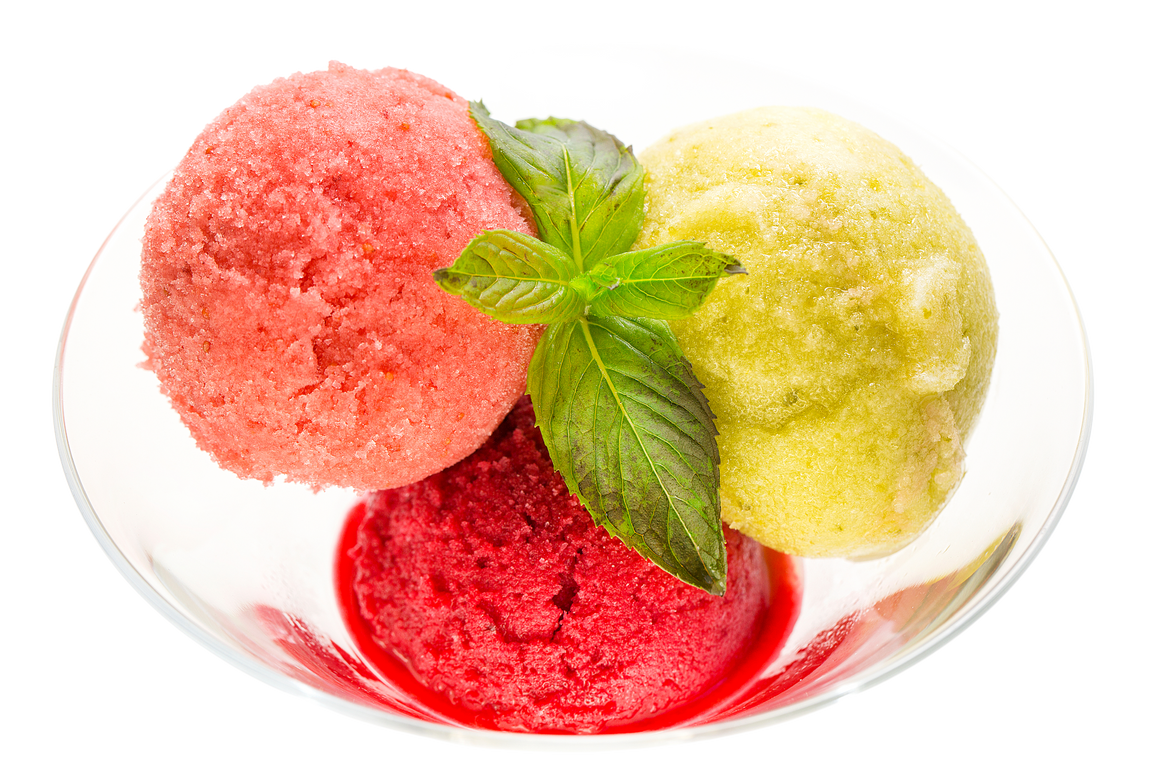

Recipe
Mango Sorbet - Freeze overnight some mango cubes.
Blend the frozen mango with some clear honey (about a tablespoon), in a blender until smooth if preferred on its own. To add a variety you could add some freshly squeezed lime about a tablespoon before blending, Like the ice cream you will need to stop blending and push the fruit to the bottom of the blender so everything gets finished into a smooth texture.
This should be frozen in a suitable airtight container until required.
Water Melon Sorbet - Free overnight some water melon cubes.
Blend with some clear honey until smooth and freeze.
In all recipes honey is optional.
Supplements
Supplements


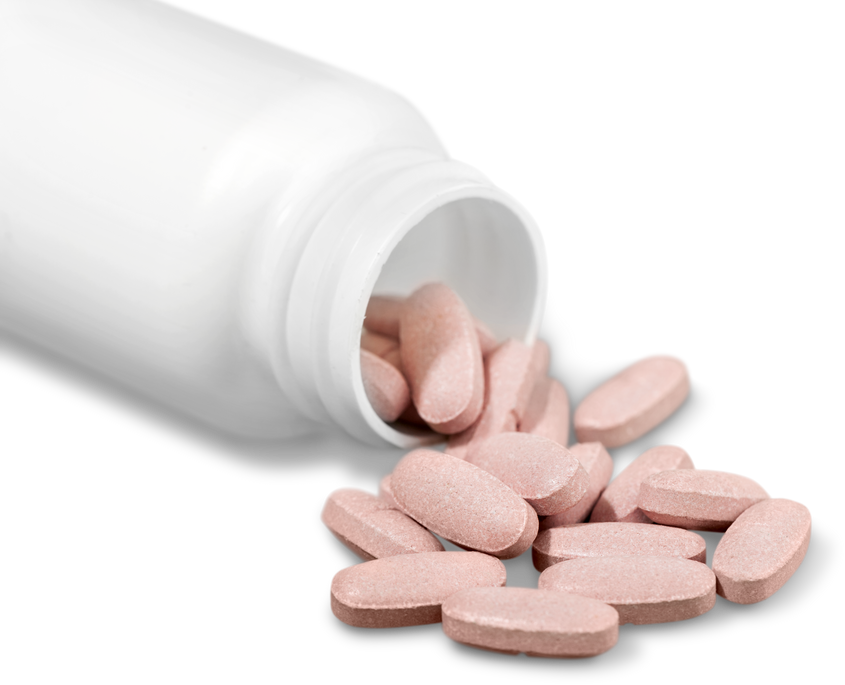
At times, our bodies may benefit from an extra dose of vitamins, with supplements serving as a helpful aid. It's important to note that supplements complement a balanced diet rather than replace it entirely. Seeking personalised guidance on supplements from a healthcare professional is advised.
Calcium: While dairy products are a good source of calcium, individuals who are dairy intolerant or follow a vegan diet can obtain calcium from alternative sources like leafy green vegetables and calcium-fortified plant-based milk.
Supplements - Vitamin D
Supplements



Getting enough Vitamin D solely through diet can be challenging, as sunlight is a major source of this essential nutrient. Nonetheless, the sun isn't always shining every day.
Vitamin D plays a vital role in boosting energy levels, supporting the immune system, and maintaining bone health.
Include foods such as fatty fish, egg yolks, and fortified dairy products in your diet to increase your Vitamin D intake.
For those following a plant-based diet, opt for foods that are fortified with Vitamin D to ensure an adequate supply of this nutrient.
Supplements - Vitamin B12
Supplements



Vitamin B12:
Vitamin B12 is a nutrient that can be challenging to obtain in a vegetarian or vegan diet. It is commonly found in foods like meat, fish, dairy, and eggs.
Therefore, individuals following a vegan, vegetarian, or lactose-intolerant diet should ensure they are receiving an adequate amount of this vitamin through supplements or fortified foods.
Omega-3 Fatty Acids:
Omega-3 fatty acids are present in salmon, mackerel, flaxseeds, chia seeds, and walnuts.
If these specific foods are scarce in the diet, supplements can be beneficial.
The Benefits of Aloe Vera
Aloe barbadensis Miller, is a perennial plant that belongs to the Liliaceae family. Native to the Arabian Peninsula, it is characterized by its fleshy, green leaves that contain a gel-like substance packed with essential nutrients, vitamins, minerals, and enzymes. This gel is the main component that makes Aloe Vera so widely popular.
Healing Properties of Aloe Vera
Soothing Sunburns - Aloe Vera gel is renowned for its ability to alleviate the discomfort caused by sunburn. Its cooling properties help reduce inflammation, relieve pain, and promote the healing process. Simply apply the gel directly to the affected area for quick relief and rejuvenation.
Promoting Skin Health - The natural healing agents in Aloe Vera make it an ideal remedy for various skin conditions. It aids in the treatment of acne, eczema, psoriasis, and dermatitis. The gel can be applied topically to nourish and moisturize the skin, reducing dryness and promoting a healthy complexion.
Always consult a medical professional before consuming aloe vera or using in other ways.
Boosting Wound Healing - Studies have shown that Aloe Vera gel can accelerate wound healing by improving blood circulation and stimulating the production of collagen, a key protein in tissue repair. Its antimicrobial and anti-inflammatory properties also help prevent infection and reduce inflammation, resulting in faster healing times.
Reducing Digestive Issues - Aloe Vera has been used for centuries to relieve gastrointestinal discomfort. Consuming Aloe Vera juice can aid in digestion, promote regular bowel movements, and soothe conditions such as acid reflux, ulcers, and irritable bowel syndrome. However, it is important to note that excessive consumption can have laxative effects.
Cosmetics
Aloe Vera in Cosmetics - Nourishing hair Aloe Vera has long been recognized for its benefits to hair health. Its moisturizing properties help combat dryness and dandruff, leaving the hair smooth, manageable, and lustrous. Aloe Vera can be applied either as a gel directly to the scalp or as an ingredient in shampoos and conditioners.
Anti-Aging Effects - The abundance of vitamins and antioxidants in Aloe Vera gel makes it an excellent ingredient in anti-aging products. Regular use can help reduce the appearance of fine lines, wrinkles, and age spots. It rejuvenates the skin, promoting a youthful and radiant complexion.
Healing Properties for Lips - Dry and chapped lips can be effectively treated with Aloe Vera. The gel's hydrating properties provide immediate relief and restore moisture to the lips, making them soft, smooth, and supple. Aloe Vera lip balms and creams are widely available for convenient use.
Using Aloe Safely
Precautions and Considerations - As with any natural remedy, it is essential to exercise caution when using Aloe Vera. Some individuals may be allergic to the plant, so a patch test prior to use is recommended. When consuming Aloe Vera internally, it is important to follow dosage guidelines and consult a healthcare professional if you have pre-existing medical conditions or are taking medication.
Aloe Vera truly deserves its reputation as a remarkable plant with unrivalled therapeutic and cosmetic properties. From healing wounds and soothing skin conditions to nourishing hair and promoting overall well-being, Aloe Vera has emerged as nature's gift to us.
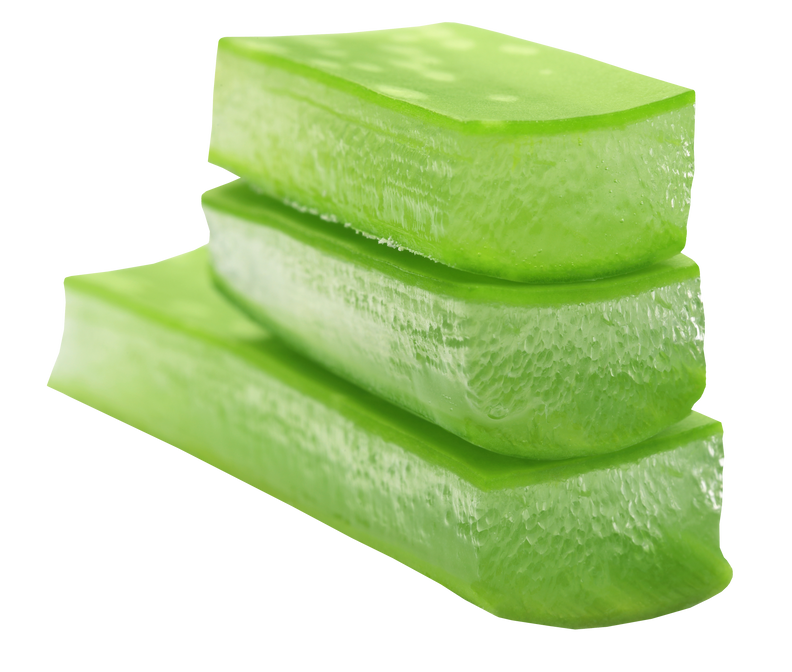
Removing the Toxin from Aloe Vera
You can create your own natural beauty products using the aloe gel. However it is important to note that the aloe plant has a toxic substance that needs removing before this can be safely used.
Watch this video to see how to do this, it is easy and does not require any special equipment just a bowl and some cold water. The plant can be left to drain from 30 minutes to overnight to ensure all the toxin has been drained from the leaf of the plant. An overnight drainage would be a safer option.
This video shows some of the the different things you can make with natural aloe vera gel.
You can buy aloe leaves or gel from ebay and other resources.
Want to have a go at growing your own aloe plant, the video below gives loads of tips on how to care for the plant. Aloe plants can be purchased on Ebay, Amazon and other online resources.
Age Related Vision Changes
Age related vision changesare a common occurrence as we grow older. Many individuals experience a decline in their visual acuity and face challenges in performing regular daily activities.
Common age-related Vision Changes:
Presbyopia: Presbyopia is a common age-related vision change that usually begins to manifest around the age of 40. It affects the eye's ability to focus on nearby objects, making tasks such as reading, sewing, or using electronic devices more challenging. Presbyopia occurs due to the natural hardening of the eye's lens, causing reduced flexibility and reduced ability to adjust focus.
Cataracts: Cataracts develop gradually over time, resulting in clouded or blurry vision. They occur when the natural lens of the eye becomes increasingly opaque. Cataracts are most commonly caused by ageing but can also develop due to other factors such as smoking, diabetes, or prolonged exposure to ultraviolet (UV) radiation.
Age-Related Macular Degeneration (AMD): Age-Related Macular Degeneration (AMD) is a progressive condition that affects the central part of the retina, known as the macula. The macula allows us to see fine details clearly. With AMD, individuals often experience a loss of central vision, which can impact activities like reading, driving, and recognising faces.
Glaucoma: Glaucoma is a group of eye conditions that damage the optic nerve, leading to gradual vision loss. The most common type, primary open-angle glaucoma, is often age-related and associated with increased pressure within the eye. If left untreated, glaucoma can eventually result in permanent vision loss.
Dealing with Age-Related Vision Changes
Regular eye checks are crucial for detecting and monitoring age-related vision changes. It is recommended to have a comprehensive eye exam at least once every two years, or more frequently if advised by your eye care professional. These exams can help identify vision changes early on, allowing for timely intervention and treatment.
Corrective Lenses: Prescription glasses or contact lenses can greatly assist in managing age-related vision changes. Optometrists or ophthalmologists can prescribe lenses tailored to your specific needs. Corrective lenses not only improve visual acuity but also help reduce eye strain and fatigue associated with focusing difficulties.
Lifestyle Modifications
Making certain lifestyle modifications can contribute to maintaining good eye health and potentially slowing down the progression of age-related vision changes.
These include: 1. Eating a Nutrient-rich Diet: Consuming foods high in antioxidants, vitamins (A, C, and E), and minerals like zinc and omega-3 fatty acids can support eye health. Incorporating leafy greens, colourful fruits, fish, and nuts into your diet is beneficial.
2. Protecting Your Eyes from UV Radiation: Wearing sunglasses that offer adequate UV protection can help shield your eyes from harmful ultraviolet rays.
3. Managing Chronic Conditions: Some chronic conditions like diabetes and hypertension can have adverse effects on vision. Proper management of these conditions through medication, diet, and lifestyle changes is essential.
4. Maintaining a Healthy Weight: Obesity and being overweight can increase the risk of developing certain eye conditions like diabetes, which in turn may lead to vision changes. Maintaining a healthy weight can help reduce these risks.
Assistive Devices and Technologies
Several assistive devices and technologies can enhance independence and quality of life for individuals experiencing age-related vision changes.
These include: - Magnifying glasses or reading aids: These tools can help with reading small print or other close-up tasks.
Large-print books or e-books: Opting for larger font sizes can make reading more comfortable.
Text-to-speech software: This technology can convert written text into spoken words, enabling access to digital content.
Voice-controlled devices: Smart home devices with voice-activated controls can help with daily tasks like setting reminders, accessing information, and controlling the environment.
Surgical Interventions
In some cases, surgical interventions may be necessary to address age-related vision changes. Procedures such as cataract surgery or laser treatments for glaucoma or retinal conditions can significantly improve vision and quality of life. Consulting with an eye care professional will help determine if surgery is a suitable option for your specific condition.
Age-related vision changes are a natural part of the ageing process, but there are numerous strategies to understand and manage them effectively. Regular eye exams, corrective lenses, lifestyle modifications, assistive devices, and surgical interventions can all play a role in maintaining optimal vision and quality of life as we grow older.
Herbal Teas
Dive into the world of herbal teas, the ancient elixirs celebrated for their calming vibes and delicious flavors. Whether you're a seasoned tea enthusiast or just taking your first sip, get ready to explore a universe of herbal teas and their fantastic health perks.
Herbal teas, or tisanes, are nature's gift made by infusing leaves, flowers, seeds, or roots of various plants. Unlike traditional teas like black or green tea, herbal teas skip the Camellia sinensis leaves and go for a botanical adventure of their own.
Health Benefits of Herbal Teas
Herbal teas are the champions of calmness and stress relief. Infusions made from chamomile, lemon balm, and lavender are reminiscent of a comforting lullaby in a mug. Enjoying one of these enchanting blends before bedtime can add a sprinkle of stardust to your dreams and transport you to a tranquil haven after a busy day.
Digestive Health
Some herbal teas work like enchanting potions for your stomach! Peppermint tea acts as the hero, combatting bloating, indigestion, and upset stomachs. On the other hand, ginger tea comes to the rescue, warding off nausea and promoting a contented digestive system.
Boosting the Immune System
A variety of herbal teas are great for your immune system, packed with powerful antioxidants and special compounds. Consider Echinacea tea, known for enhancing your body's defences and fighting off the common cold. Additionally, don't overlook Elderberry tea, the ultimate companion in enhancing your immune strength!
Anti-inflammatory Properties
Explore the wonderful world of herbal teas! Picture this: Turmeric tea, with its secret weapon curcumin, swooping in to fight inflammation. And let's not forget about ginger tea, the inflammation warrior, soothing aches and pains like a boss.
Herbal Teas Continued
Promoting Heart Health
Some herbal concoctions could be a heart's closest companions, stepping in to combat cholesterol and enhance heart superpowers.
Meet the protagonist
Hawthorn tea, a heart-soothing elixir that expertly manages blood pressure. And who could overlook green tea – not exactly herbal, but filled with catechin fighters prepared to revolutionize your heart's well-being!
Hydration and Detoxification
Herbal teas are like a refreshing hug for your insides, waving goodbye to sugary drinks and keeping you happily hydrated. Sip on dandelion, nettle, or hibiscus tea to feel the detox magic, cleansing your system and giving your well-being a high-five!
Enhancing Mental Focus and Memory
Certain herbal teas like ginkgo biloba and rosemary are rumoured to be brain's best buddies, boosting focus and memory power. Sip on these magical potions packed with brain-boosting compounds for a mental clarity upgrade!
Popular Herbal Teas and How to Enjoy Them
Chamomile Tea** Chamomile tea is known for its calming effects and delicate floral flavour. To prepare a cup of chamomile tea, steep a chamomile tea bag or dried chamomile flowers in hot water for 5-10 minutes. Add a dash of honey for a touch of sweetness, if desired.
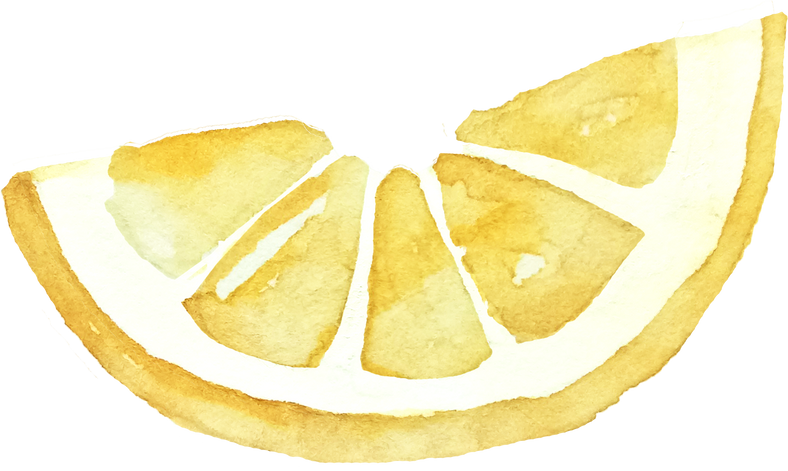
Herbal Teas Continued
Peppermint Tea** Peppermint tea has a refreshing taste and is renowned for its digestive benefits. To enjoy a cup of peppermint tea, boil water and pour it over dried peppermint leaves or a peppermint tea bag. Allow it to steep for about 5 minutes before sipping.
Ginger Tea** Ginger tea has a spicy, invigorating flavour and offers various health benefits. To make ginger tea, simply grate fresh ginger, steep it in hot water for 5-10 minutes, strain, and serve. You can enhance the flavour with a squeeze of lemon or a drizzle of honey.
Hibiscus Tea** Hibiscus tea has a vibrant crimson colour and a tangy flavour profile. To brew hibiscus tea, steep dried hibiscus petals in hot water for 5-10 minutes. For a touch of sweetness, add a teaspoon of honey or a few drops of stevia.
Herbal teas are a delightful and beneficial addition to a healthy lifestyle. With their diverse flavors and an array of health benefits, these soothing brews offer an all-natural alternative to conventional beverages. Whether you seek relaxation, digestion support, immune-boosting properties, or other health benefits, exploring the world of herbal teas is a journey worth undertaking.
Disclaimer: The information provided in this article is for educational purposes only and should not substitute professional medical advice. Ensure to consult with a healthcare professional before making any significant changes to your diet or lifestyle.
Chronic Illness
Living with a chronic illness often involves navigating a complex array of challenges that can affect not only physical health but also emotional and social well-being.
For individuals dealing with such conditions, as well as for their caregivers, gaining a deep understanding of the illness is crucial. This knowledge enables better management of symptoms and treatment options, and fosters informed discussions with healthcare providers.
Equally important is the development of a strong support network, encompassing family, friends, healthcare professionals, and community resources. Such networks provide emotional solace and practical assistance, helping to lighten the load of daily struggles. Self-care also plays a pivotal role, including proper nutrition, regular exercise, adequate rest, and stress management techniques.
By prioritising these areas, those affected by chronic illnesses can enhance their quality of life and maintain a sense of control over their health journey.
Chronic illness can affect anyone at any age.
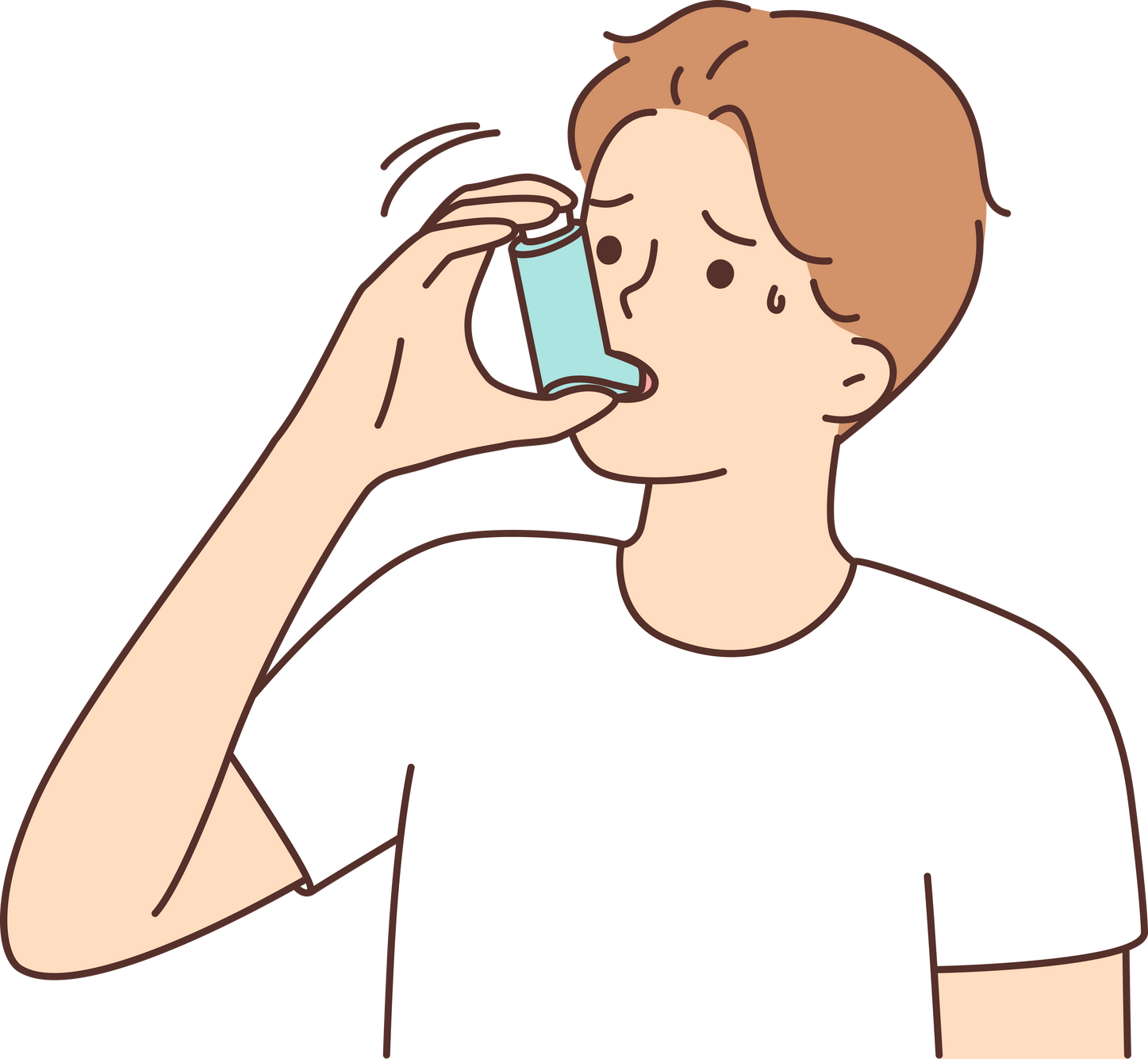
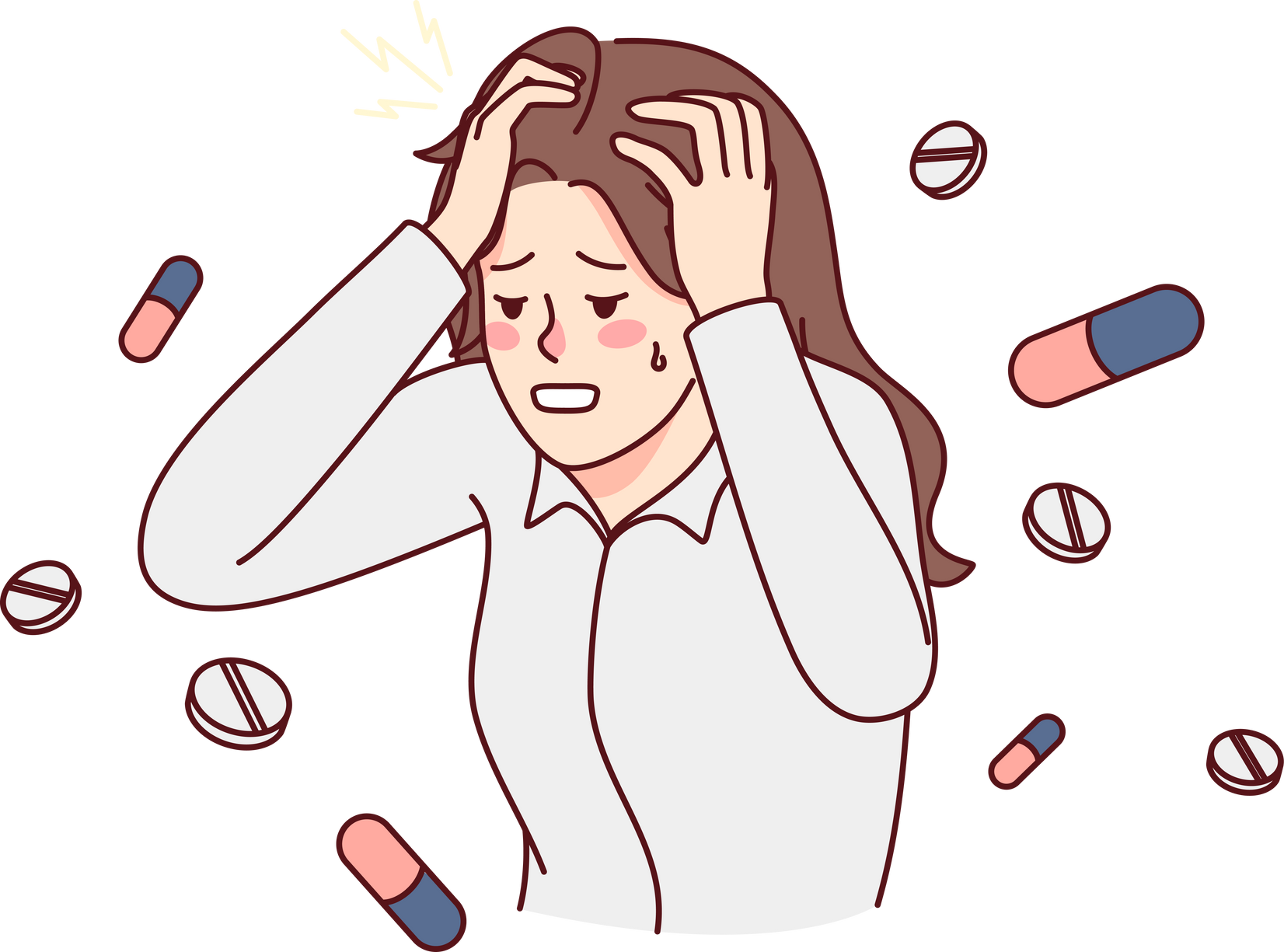
Enhance your lifestyle for improved well-being with these impactful adjustments:
- **Nutrient-Rich Diet**: Embrace a vibrant array of fruits, vegetables, whole grains, lean proteins, and healthy fats to fortify your body against chronic ailments.
- **Physical Activity**: Engage in tailored workout regimens to invigorate your cardiovascular system, muscles, and overall well-being.
- **Stress Management**: Combat stress by incorporating techniques like deep breathing, meditation, mindfulness practices, and engaging in activities that bring you joy.
- **Quality Sleep**: Prioritise restful sleep by adhering to a consistent sleep schedule and cultivating a serene sleep environment.
- **Identifying Triggers**: Recognise and evade triggers that disrupt your equilibrium to effectively manage symptoms.
Get your free Chronic Illness Journal prompts here. You can download or fill in on your device.
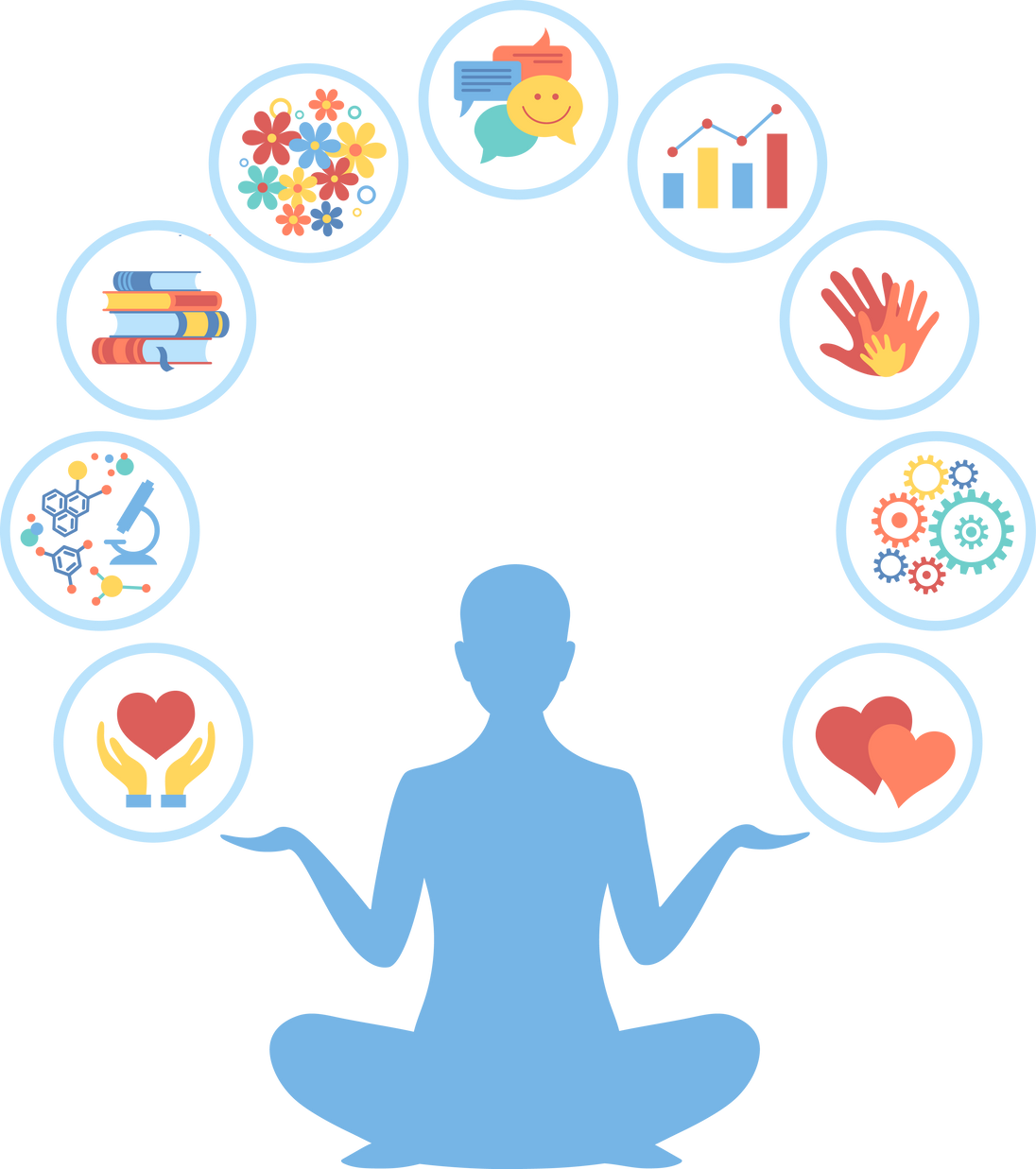
Complementary Therapies
In addition to lifestyle modifications and medication, many individuals find that complementary therapies can greatly aid in managing their chronic illness. These therapies, when used in conjunction with conventional treatments, can enhance overall well-being and reduce symptom severity.
Some popular complementary therapies include: **Acupuncture**: This ancient Chinese practice involves the insertion of thin needles into specific points on the body, aiming to restore balance and promote healing.
**Massage Therapy**: Massage can help reduce muscle tension, alleviate pain, and improve circulation.
**Yoga and Tai Chi**: These mind-body practices incorporate gentle movements, stretches, breathing techniques, and meditation, promoting physical and mental well-being.
**Mindfulness Meditation**: Practicing mindfulness meditation techniques can help reduce stress, improve focus, and enhance emotional resilience.
It is important to remember that while complementary therapies may provide significant benefits, not every therapy will work the same for everyone.
Let your mind flow along with the video below.
Seven Elements of
Wellbeing
Within us lie seven distinct elements that form the foundation of our well-being. These inner components possess the potential to amplify our life satisfaction and joy. Let's take a look at each one, and explore some examples for better comprehension.
Seven Elements
Physical: Nurturing both our physical and mental well-being is crucial for optimising our life experience. By triggering delightful endorphins and energising our bodies with adrenaline, we equip ourselves to tackle challenges with vigour and focus. Maintaining sound physical and mental health enhances our ability to confront obstacles with greater ease.
For instance: "It's been a long day at work, my legs ache from all the walking." Taking a few minutes to relax and stretch helps alleviate the strain."
Workplace: Considering the significant time spent in our professional environments, it's vital that they foster contentment and minimise unnecessary stress. Reflecting on aspects of our workplace that bring joy versus those that evoke frustration enables us to cultivate a healthier work-life balance.
For instance: "Writing reports on a Friday afternoon overwhelms me. I plan to discuss with my supervisor the possibility of reserving Thursday afternoons for catching up, easing the stress."
Spiritual: Finding purpose in life is essential. Spirituality holds unique significance for each individual, whether through religious practices, volunteering, or personal reflection.
For example: A volunteer's role for a local charity, would provide a sense of fulfilment beyond monetary compensation.
Intellectual Engagement: Keeping the mind active through continuous learning is vital, regardless of age. Actively seeking opportunities to acquire new knowledge stimulates cognitive growth and personal development.
For instance: Enrolling in an online course to enhance professional skills fosters a sense of achievement and personal growth.
Social Interaction: Quality time spent with loved ones and friends enriches our lives and strengthens social connections. Reflecting on recent social interactions highlights the importance of nurturing relationships.
For example: Enjoying an evening out with colleagues fosters camaraderie and shared experiences.
Emotional: Understanding the triggers of negative emotions empowers us to effectively manage them, promoting emotional well-being and spiritual growth.
For instance: Addressing conflicts promptly at work prevents lingering negativity and promotes a healthier work environment.
Environmental: Connecting with nature offers a calming and rejuvenating effect on our well-being. Spending time outdoors amidst natural landscapes provides a sense of tranquility and revitalisation.
For example: Taking a leisurely walk in a park, during the weekend helps to lighten the mood.
Reflecting on these inner components offers insight into areas for personal growth and enhancement of overall well-being. Consider how you can fine-tune or adjust these elements to enrich your quality of life.
Self-Help Tips for Mild Depression
Disclaimer: This article is for informational purposes only outlining signs and symptoms of mild depression, what to look out for and what steps that may be helpful to undertake to cope with the issue.
It is always advised to seek qualified professional advice if someone is concerned about their health in general whether physical or mental. Depression can become severe and cause other illness to develop. Always consult a doctor for advice and treatment.
Mild depression is like a pesky cloud hanging over your sunny mood, affecting your day-to-day life. It's not as heavy as full-blown depression, but it still needs some TLC. Understanding its symptoms and causes is key to keeping it in check!
It is when your mood does not lift that an appointment with your doctor should be made.
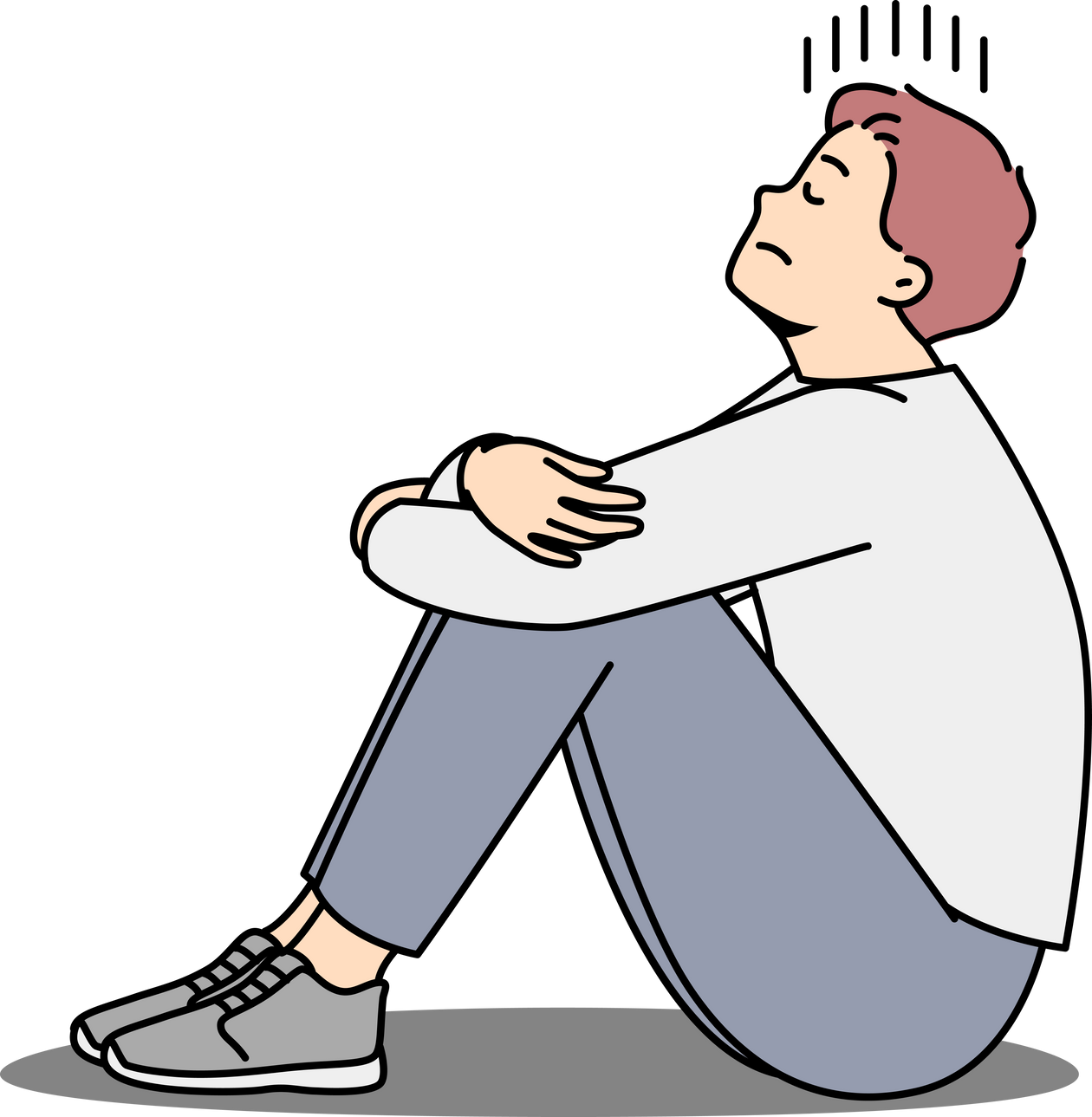

Distinguishing between mild and major depression:
Mild depression is characterised by a subtle impact compared to major depression, manifesting in a milder mood and a slight decrease in motivation. It is essential to differentiate between them as the strategies for addressing each condition vary significantly.
Recognising the Indicators
Be vigilant for emotional warning signs such as persistent feelings of sadness or a loss of interest in previously enjoyable activities. These signs serve as gentle prompts for self-care and empathy. This also time to talk to a professional medical practitioner.
Physical Manifestations
Physical symptoms like fatigue, disruptions in sleep patterns, or changes in appetite may emerge, signalling the importance of paying attention to your body's needs.
Behavioural Cues
Changes in behaviour, such as withdrawing socially or procrastinating, can offer insights into your mental state, prompting reflection and encouraging you to seek professional support.
Self-Assessment and Seeking Help
Thinking about your feelings helps you understand yourself better and is an important step in starting self-care.
When and How to Seek Professional Help
If you notice that mild depression is sticking around and affecting your daily life, it’s time to talk to a doctor or mental health expert for a full assessment and advice.
Exploring Therapy and Treatment Options
Looking into different types of therapy, like cognitive-behavioral therapy (CBT) and mindfulness, can help you manage mild depression and build resilience.
Lifestyle Changes for Coping with Mild Depression
Getting active, like going for brisk walks or dancing, can boost your mood by releasing feel-good chemicals in your brain.
Healthy Eating Habits
Eating healthy foods supports both your body and mind, helping you feel better overall.
Sleep and Good Hygiene Routine
Getting enough sleep and keeping up with regular hygiene helps keep your mind clear and your emotions steady.
Developing a Support System and Relaxation
Building a network of supportive people helps you share experiences and encourage each other, making mild depression easier to handle.
Cognitive Behavioural Techniques for Managing Depression
Using cognitive-behavioural techniques helps you recognize and change negative thoughts, giving you more control over your mental health.
Incorporating Mindfulness and Relaxation Practices
Practicing mindfulness and relaxation techniques, like meditation and deep breathing, helps you stay present and reduce stress.
Developing a Self-Care Routine
Making time for self-care activities, like hobbies and being kind to yourself, supports overall well-being and helps you cope with mild depression.
In Conclusion
Managing mild depression involves being aware of your feelings, seeking support, and making some lifestyle changes. With patience, self-kindness, and help from professionals, you can overcome challenges and find balance and strength on your journey to feeling better.
